The History of the Start Menu and How it All Went Wrong for This Mainstay Windows Feature
So we’re now on the “Fourth Generation” of the Start Menu which has been a mainstay feature in Windows operating system versions since Windows 95. This tool is probably the most important one in terms of how users interact with the Windows OS as a whole and it therefore needs to be efficient, streamlined and unadulterated against any other stuff that seem to have been added in later Windows editions.
This feature has been consistent for many years and because of its stable appearance and contents, users have really become so in love with it that its absence meant total disaster. Microsoft should have known this fact but sadly, we’ve all seen this very important feature removed from Microsoft’s pioneer hybrid operating system called Windows 8 and as predicted, its removal has really caused debate and demands to have it brought back spread like wildfire in different forums and even in comment sections of tech websites all over the Internet.
What has Microsoft really been thinking when they removed the Start Menu and replaced it with the Start Screen in Windows 8 and Windows 8.1 and why is this feature so popular to many that its absence really made Microsoft’s positive ratings to spiral-down. In this tutorial, we will take you through the years of the Start Menu’s existence being part of the Windows operating system and we’ll challenge you to find a valid reason that would justify its removal in the hybrid operating systems that we now have among us.
Microsoft: We’ve Revived the Start Menu in Windows 10!
After the Start Menu has been removed in both Windows 8 and Windows 8.1, it became clear to Microsoft that this feature really is an important part of their flagship product so they decided to bring it back in Windows 10. However, instead of really taking it back and showing users how dedicated they are to really make the latest windows version work better than all of its predecessors combined, we now have a Start Menu that has been abused and spoiled in every way possible!
What’s the basis of this conclusion? Well, the reasons would be too long for us to tackle in this tutorial and it would totally defeat the purpose of why we’re writing this in the first place but to give you an overview, just look back to the last memory of you using the last version of the Start Menu in Windows 7 and compare it with the one that is found in Windows 10!
Do you see any similarities in them? If you did then how many? One, two, three and more? Well I think four is already too much so join us now as we look into the past versions of the Start Menu that used to be included in previous Windows editions so we can draw objective conclusions later on whether the newest generation of the Start Menu really is a useful one or it is just like the Start Screen in Windows 8 and Windows 8.1 that looks attractive but lacks the basic shortcuts and functions that every long-time Windows user wish it could have.
1st Generation Start Menu: The Origin of an Awesome Feature
The Start Menu has been co-existing with Windows for a very long time and if you compare its age to a human, it would probably be on its mid 20’s now which proves how ancient this feature is and how it has become a part of the lives of most Windows users. The very first appearance of a Start Menu-like feature was in Windows 95 and way back then, it was only a nested folder system with some shortcuts to some system accessories, locations, third-party or user installed programs, the Documents section and as well as an icon for “Find”, “Help”, “Run” and “Shut Down…” as you can see on the screenshot below.
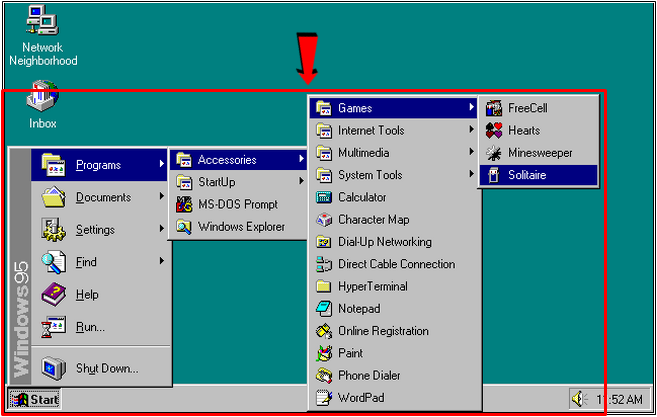
This is where it all started. As you can see, everything back then was very simple but it provided very quick access to the tools, programs and even the system locations and settings that a user would need quick access to every now and then. Though this feature was called the “Program Manager” back in this old Windows version, we can already see a resemblance of it to the one which later became the Start Menu.
The “Program Manager” feature was the starting point of a decades-long affair between millions of users and its later versions which has become the standard way in how we all dealt with the Windows operating system as a whole!
2nd Genaration Start Menu: A Better and More Defined One!
Later on as the Windows operating system started to advance to its higher versions and as Microsoft added more features to their flagship software product with the help of other third-party software developers providing extra tools and stuff to make Windows better, the second generation Start Menu also went into the stage and was included in the new Windows edition called Windows XP.
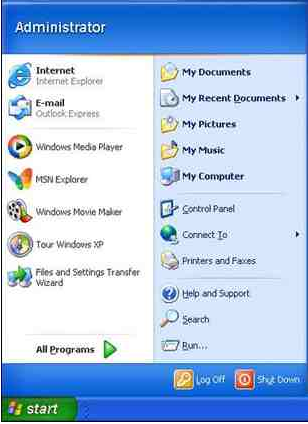
The improvements made to this next generation were mostly great compared to the old “Program Manager” but we didn’t really see much commotion among Windows users back then and the reason is obvious- all of its major functions remained only this time, it had two columns one for the software and stuff that are installed or built in with Windows XP and the other containing icons and shortcuts towards system folders, libraries and locations as well as settings and other important stuff!
Everything worked well with the Start Menu in Windows XP and everyone loved it no matter which perspective it was viewed at. This was the start of the “golden age” for the Start Menu and back then, users were not confused or lost in any way while using their Windows computer. This appearance of the Start Menu remained even through the later Windows versions like Vista and Windows 7 with very few if any modifications to it.
For instance, in Windows Vista, the Start Menu still had two columns and both columns still contained the same stuff as the Start Menu in Windows XP, on the left were the programs and apps the you often use and are installed in your computer and on the right were the mainstay icons and shortcuts for libraries like Documents, Pictures, Videos and even system locations and settings like the Control Panel and many others. There’s not a thing in Windows that was hard to access back in these golden days of the Start Menu. One noticeable innovation to the Start Menu in Windows Vista was its sliding menus and program selection which opened from left to right which then obscures the list where you came from.
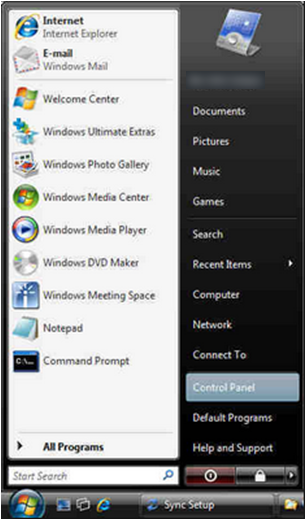
In Windows 7, the Start Menu basically stayed the same as with the one found in Windows Vista with really very few modifications. Microsoft really built on the foundation that was laid by the “Program Manager” and eventually developed on better ideas to make the Start Menu work better that even if someone from the Windows 95 years got lost in a remote island and was found when Windows 7 is already the current version, they would still recognize the Start Menu as an improved version of the Program Manager tool that was present in the Windows edition that was popular in the years before he/she was lost.
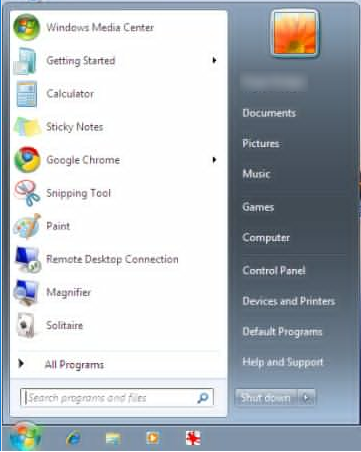
This only shows how the Start Menu evolved into a more sophisticated feature by building on the foundations laid by its previous versions but sadly, some major changes happened in the third and fourth generation which has ruined the legacy of the Start Menu that we’ve all loved which resulted to utter disappointment and obvious disgust to Microsoft and its flagship product.
3rd Generation: What the Heck Happened?
The next generation Start Menu has undermined every good feature that the operating system where it sits possess. In 2012, Microsoft has released their latest operating system version which was supposed to be the successor of the very popular Windows 7 OS and they were proud to introduce the new Start Menu which is now called the Start Screen!
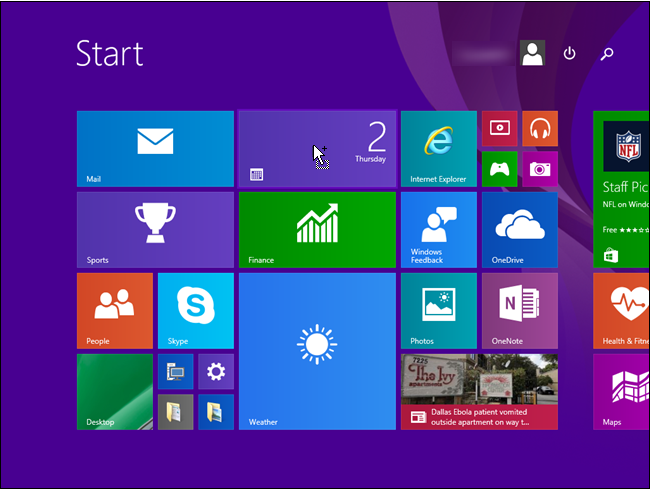
Well, to set the record straight, we don’t consider the Start Screen as a Start Menu. If you look at it even from afar, you wouldn’t even find a single resemblance of it to the legendary Start Menu that millions if not billions of users really loved! Because of this alien feature in Windows 8, users didn’t care if the operating system booted faster or if it was the most secure version compared to Windows 7 and the others. No one even paid attention to its flexibility in running on new and as well as on old computers.
The entire world of Windows users just stopped, gazed at the new Start Screen feature and meditated a little bit then collectively asked “Where the hell is the Start Menu?”. Microsoft seemed to be obsessed with the idea of a hybrid operating system which can run both Desktop programs and the Modern apps which led them to make dire mistakes and one of them is the removal of the dearly-loved Start Menu!
With this third generation Start Menu which was renamed Start Screen, it would be an understatement to just say that it was poorly received by end-users because the reality is more enormous big time! Where’s the logic in this decision? After spending many years in perfecting the Start Menu and investing even more time in making users fall in love with it, why would it be phased out from the latest Windows operating system version which is supposed to be better, not worst than the version that came before it.
The Start Screen was totally new to everyone and no one even loved the idea that Windows 8 booted to this alien feature directly leaving no signs whatsoever of the Desktop screen. Adding to its unfamiliar appearance is its large tiles that represented the modern apps which Windows developers spent 2 years to create.
To say things straight, Windows 8 was a real disaster to the point that very few users chose to live with it in their computers. It left an enormous impact that even after Windows 8.1 which contained some innovations to the Start Screen was released, most users still demanded for a new Windows edition that would have the real Start Menu back!
4th Generation: Okay! Were Bringing the Start Menu Back
On the 29th of July this year, Microsoft has again made it to the headlines with the release of a new Windows operating system version which they named Windows 10! They skipped Windows 9 so they can leave the impression that the latest Windows version is really a big step forward from the flaw-infested Windows 8 and Windows 8.1 editions.
While it is true that Microsoft managed to bring a lot of improvements to Windows 10 which included a new browser, a faster boot up time and a faster and snappier interface, many are still discontented because of the fact the Start Menu which they claim has already been resurrected in this Windows OS version still doesn’t look like the traditional one.
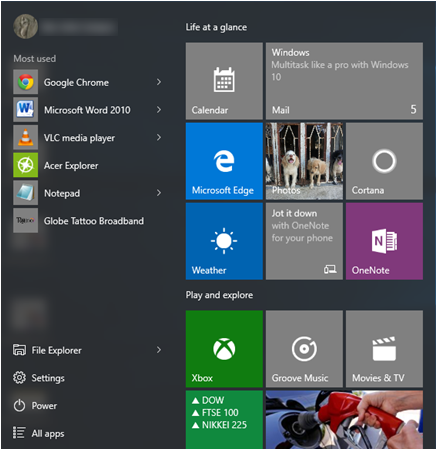
Well, they really managed to set the Desktop screen back at the forefront but it still isn’t enough for some hungry users who are really looking for the real thing. The Start Menu in Windows 10 has a little bit of resemblance to the Start Menu that we’ve all come to love and there’s even an option to add libraries and other shortcut icons/links to its left portion but it still isn’t enough to appease the disappointed user base who are waiting for their dearly-loved Start Menu to be back.
Again, no matter what great improvements were done to Windows 10, why is it that Microsoft is still having a hard time of bringing back what everyone really wants? Only the company’s developers and representatives can answer this but we can always draw conclusions. After all, there’s nothing wrong with expressing opinions so please feel free to tell us what you think about the new Start Menu by using the comments section below.
To Microsoft: Bring Back the Sanctity of the Start Menu!
We’ve discussed much about the Start Menu’s history in this article and as you can see, it really has been the main feature that millions of users deal with when interacting with their Windows machines. Why would such a very useful tool be removed or shuffled around? Why would it be rebuilt, redesigned, weakened or repurposed if it already works perfectly even in the days of older Windows versions?
The point that we are trying to put across here is that no matter what changes are needed to improve Windows in many aspects like making it boot faster, introducing new breed of apps to it, making it more secure and boosting its memory utilization, the Start Menu should remain untouched. This ancient feature deserves some respect in every way possible because without it, all of the things that were once easy to accomplish become complicated and accessing different sections in the Windows OS becomes a challenge.
No one appreciates the transition from the legendary Start Menu to the hated Start Screen and no matter how many years the latter stays in Windows, no one will even use or even deal with it when interacting with their device. The latest Windows 10 build that has been released as a FREE Upgrade also seem to be a work in progress so if you really want to have the real Start Menu back, you can join the millions of users in shouting out this sentiment by using the Windows feedback app.
Let your voice be heard by Microsoft developers and with fingers crossed, let us all hope that the company finally would hear our clamors and put the real thing back either through a Windows Update or a major upgrade and we will keep you posted as always regarding all the latest developments with your favorite Desktop operating system only here on WindowsTechies.com!